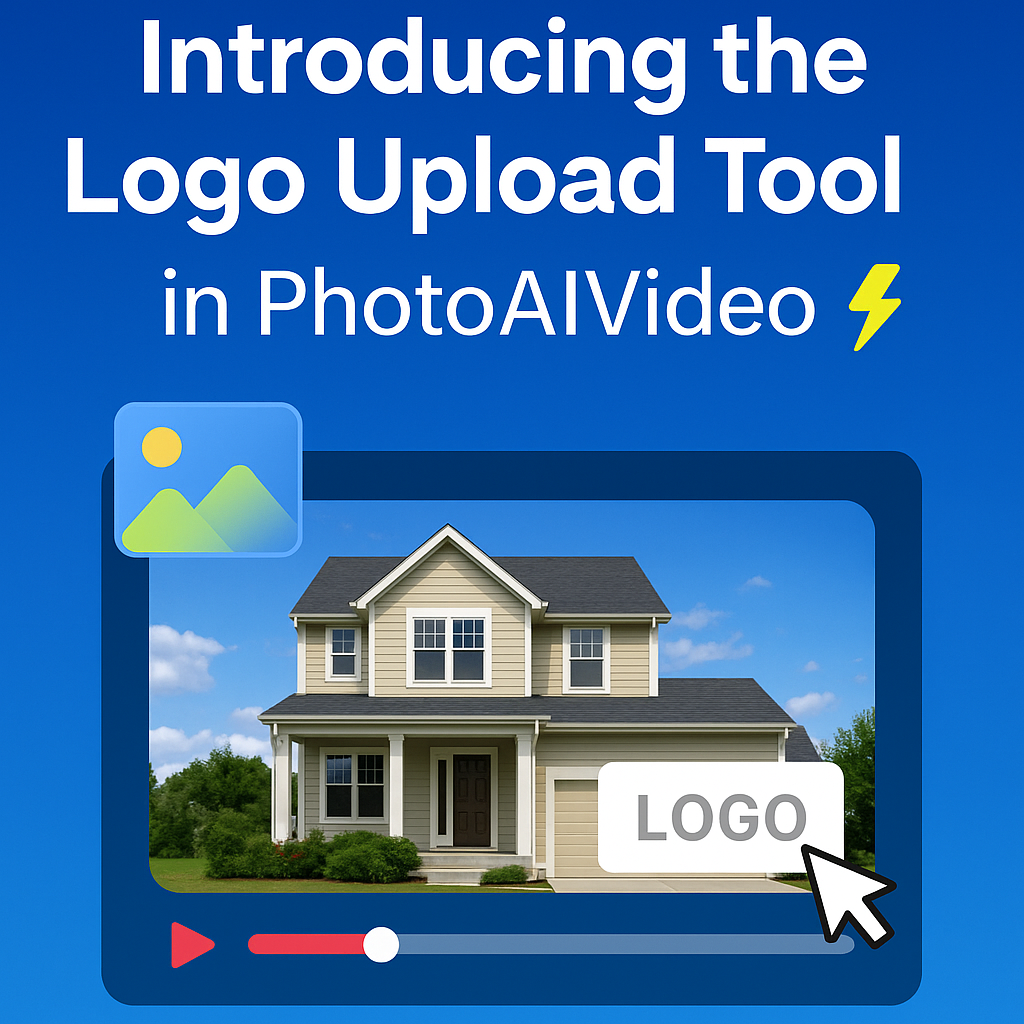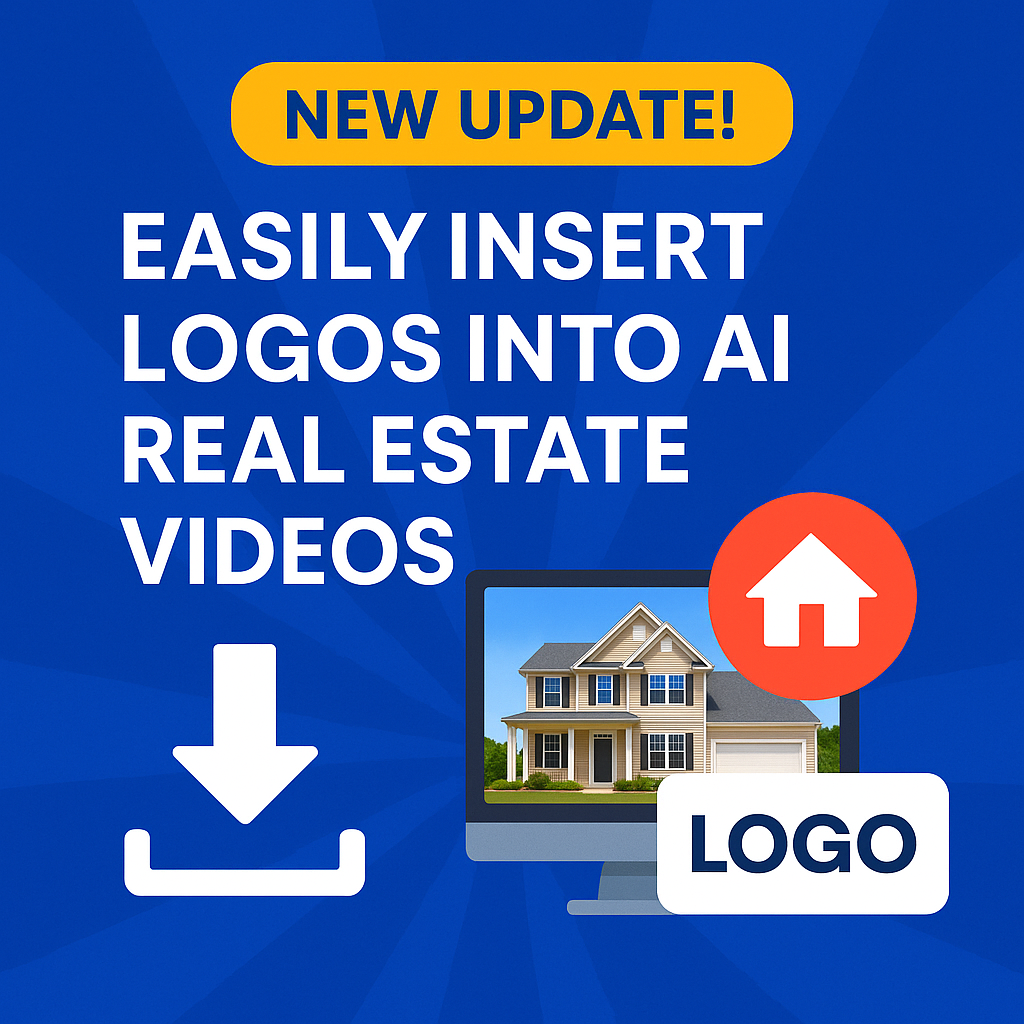In the world of incident reporting, traditional methods often fall short when it comes to efficiency and accuracy. Enter the fire damage 360 documentation tool, a game-changer that transforms how incidents are documented and managed. This innovative tool provides a comprehensive solution that not only streamlines the reporting process but also enhances collaboration among teams, ensuring that every detail is captured accurately and in real-time. Let's dive into how this tool is revolutionizing incident documentation.
Key Takeaways
- The fire damage 360 documentation tool simplifies the reporting process, making it quicker and more efficient.
- It captures detailed data accurately, reducing the chances of errors in documentation.
- Real-time collaboration features allow teams to work together seamlessly, improving communication during incidents.
- Using 360-degree scene capture, the tool provides a complete view of the incident, enhancing understanding and analysis.
- The tool helps in speeding up response times and minimizing disputes related to damage claims.
Transforming Incident Documentation Processes
Incident documentation is often a weak point in emergency response. Traditional methods can be slow, inaccurate, and difficult to share. But things are changing! New tools are emerging to revolutionize how we record and manage incident data, leading to better outcomes and more efficient operations.
Streamlined Reporting Mechanisms
Forget the days of cumbersome paperwork and delayed reports. Modern incident documentation tools offer streamlined reporting mechanisms that simplify data collection and submission. This means faster reporting and quicker access to critical information. Think user-friendly interfaces, pre-built templates, and automated workflows that guide users through the reporting process. This not only saves time but also reduces the risk of errors and omissions. For example, imagine using floor plan walkthrough to document a fire incident.
Enhanced Accuracy in Data Capture
Accuracy is paramount in incident documentation. The quality of data directly impacts decision-making, resource allocation, and post-incident analysis. These new tools use technology to improve accuracy.
- Digital forms with validation rules minimize human error.
- Multimedia integration allows for visual documentation of the scene.
- GPS tagging provides precise location data.
By capturing more accurate and detailed information, organizations can gain a clearer understanding of incidents and make more informed decisions.
Real-Time Collaboration Features
Effective incident management requires seamless collaboration among responders and stakeholders. Real-time collaboration features enable teams to share information, coordinate actions, and track progress in real time. This fosters better communication, improved situational awareness, and faster response times. These features include:
- Secure messaging and voice communication channels.
- Real-time location sharing and tracking.
- Document sharing and task assignments.
Key Features of Fire Damage 360 Documentation Tool
360-Degree Scene Capture
Okay, so imagine being able to capture everything at a fire scene, like, all at once. That's what this feature does. It uses 360-degree cameras to create a complete, immersive view of the incident. No more missed details or partial perspectives. It's like being there, even if you're miles away. This is especially useful when you need to review the scene later or share it with other investigators.
Integration with Multimedia Evidence
This isn't just about photos; it's about bringing everything together. The tool lets you add all sorts of stuff to your reports, like videos, audio recordings, and even documents. Think about it: you can include 911 calls, witness statements, and even drone footage. It's all in one place, making it way easier to understand what happened. Plus, having all multimedia evidence in one spot makes it easier to share with insurance companies or in court.
User-Friendly Interface
Let's be real, nobody wants to use software that's a pain. That's why the Fire Damage 360 Documentation Tool has a simple, easy-to-use interface. You don't need to be a tech expert to figure it out. Everything is laid out in a way that makes sense, so you can focus on documenting the scene, not fighting with the software.
It's designed to be intuitive, so even if you're not super tech-savvy, you can pick it up quickly. The goal is to make your job easier, not harder.
Here's a quick look at how easy it is to use:
- Simple navigation
- Clear icons and labels
- Step-by-step guidance
Benefits of Implementing the Fire Damage 360 Documentation Tool
Improved Accountability and Transparency
The Fire Damage 360 Documentation Tool significantly boosts accountability by creating a clear, unalterable record of incident scenes. This is a game-changer when it comes to transparency, as all stakeholders can access the same visual data. No more he-said, she-said scenarios. With detailed visual documentation, disputes are minimized, and everyone is on the same page. This is especially helpful when dealing with complex investigations or legal proceedings.
Faster Incident Response Times
Time is of the essence in emergency situations. The Fire Damage 360 Documentation Tool helps cut down on the time it takes to document a scene, freeing up resources for other critical tasks.
Here's how it speeds things up:
- Rapid scene capture: 360-degree imaging allows for quick documentation. Check out these training sessions to learn more.
- Reduced paperwork: Digital documentation eliminates manual processes.
- Real-time data sharing: Information is instantly available to relevant parties.
By streamlining the documentation process, first responders can focus on what matters most: saving lives and protecting property. This efficiency translates to better outcomes and a more effective response overall.
Reduction in Disputes and Claims
One of the biggest headaches after a fire incident is dealing with disputes and insurance claims. The Fire Damage 360 Documentation Tool helps minimize these issues by providing irrefutable visual evidence.
Consider these points:
- Detailed visual records: 360-degree images capture every detail of the scene.
- Objective documentation: Reduces subjective interpretations and biases.
- Improved claim processing: Insurance companies can quickly assess damages with accurate data.
Case Studies Demonstrating Effectiveness
Success Stories from Fire Departments
Let's talk about real-world impact. We've seen some pretty amazing results from fire departments that have started using the Fire Damage 360 Documentation Tool. One department, for example, reported a significant decrease in the time it took to document a fire scene. They were able to capture everything they needed in a fraction of the time compared to their old methods. This meant they could get back into service faster, which is a huge win for the community. Another department highlighted how the tool helped them create more detailed and accurate reports, leading to better analysis of fire incidents and improved training for their firefighters. It's not just about speed; it's about quality and incident analysis.
Impact on Insurance Claims Processing
Insurance companies are also seeing the benefits. The detailed documentation provided by the Fire Damage 360 Documentation Tool is making the claims process smoother and faster. No more back-and-forth trying to clarify details or gather missing information. The tool provides a comprehensive record of the scene, which helps insurance adjusters assess the damage more accurately and efficiently. This leads to quicker payouts for policyholders and reduces the potential for disputes. It's a win-win for everyone involved.
User Testimonials and Feedback
But don't just take our word for it. Here's what some users are saying:
- "The Fire Damage 360 Documentation Tool has completely changed the way we document fire scenes. It's so much easier and faster than our old methods."
- "The level of detail we can capture with this tool is incredible. It's helped us improve our training and analysis of fire incidents."
- "The insurance companies love the detailed reports we provide. It's made the claims process so much smoother."
The feedback has been overwhelmingly positive. Users appreciate the tool's ease of use, the level of detail it provides, and the impact it has on their work. It's clear that the Fire Damage 360 Documentation Tool is making a real difference in the world of incident reporting.
Future Innovations in Incident Reporting
Incident reporting is on the cusp of some pretty cool changes. It's not just about documenting what happened anymore; it's about predicting what could happen and responding even faster. We're talking about tech that can really make a difference in how we handle emergencies.
AI and Machine Learning Integration
AI is set to revolutionize incident reporting. Imagine systems that can automatically analyze incident data to identify patterns, predict future incidents, and even suggest optimal response strategies. This means faster, more informed decisions in critical situations. It's like having a super-smart assistant that never sleeps, constantly learning and improving the way we handle emergencies. For example, AI could analyze past fire incidents to predict future fire risks based on environmental factors and building characteristics.
Mobile Application Enhancements
Mobile apps are already a big part of incident reporting, but they're about to get a whole lot better. Think augmented reality features that allow first responders to visualize hazards in real-time, improved offline capabilities for areas with poor connectivity, and seamless integration with wearable devices for hands-free data capture.
Here's a quick look at potential mobile app enhancements:
- AR Hazard Visualization: Overlaying digital hazard information onto the real-world view through the camera.
- Offline Data Sync: Automatically syncing data when connectivity is restored.
- Wearable Integration: Capturing vital signs and environmental data directly from wearable sensors.
Predictive Analytics for Incident Management
Predictive analytics is where things get really interesting. By analyzing historical data, weather patterns, and other relevant information, we can start to predict where and when incidents are likely to occur. This allows for proactive resource allocation and preventative measures, potentially reducing the number and severity of incidents. It's about moving from reactive to proactive, using data to stay one step ahead. Imagine using predictive analytics to optimize resource management during peak seasons for wildfires, ensuring that equipment and personnel are strategically positioned for rapid response.
The future of incident reporting is all about leveraging technology to make us faster, smarter, and more prepared. It's about turning data into actionable insights and using those insights to protect lives and property.
Training and Support for Users
Okay, so you're thinking about using Fire Damage 360 Documentation Tool, or maybe you've already jumped in. Either way, you're probably wondering about training and support. Don't worry, we've got you covered. We know that new software can be intimidating, and we want to make the transition as smooth as possible. We want you to feel confident using the tool, so you can focus on what really matters: documenting fire damage effectively.
Comprehensive Onboarding Programs
Our onboarding isn't just a quick tutorial; it's a full-blown program designed to get you up to speed fast. We start with the basics, like navigating the interface and capturing your first 360-degree image. Then, we move on to more advanced stuff, like integrating multimedia evidence and generating reports. The best part? It's all hands-on. You'll be doing real tasks from day one, so you're not just learning, you're doing.
Here's a quick look at what our onboarding covers:
- Basic Navigation
- Image Capture Techniques
- Multimedia Integration
- Report Generation
- Troubleshooting Common Issues
Ongoing Technical Support
Let's be real, things break. Software glitches happen. That's why we offer ongoing technical support. Our team is available to answer your questions, troubleshoot problems, and provide guidance whenever you need it. We're not just here to fix things when they break; we're here to help you get the most out of the tool, every step of the way. You can reach us through email, phone, or our online support portal. We aim to respond to all inquiries within 24 hours, because we know that time is of the essence when you're dealing with incident reporting. If you need help with the CloudPano platform, our team members are ready to assist.
User Community and Resources
Beyond the formal training and tech support, we've built a community where users can connect, share tips, and learn from each other. It's a place to ask questions, get feedback, and discover new ways to use the Fire Damage 360 Documentation Tool. We also have a library of resources, including FAQs, video tutorials, and best practice guides. Think of it as your one-stop shop for all things Fire Damage 360.
The user community is a great place to find solutions to common problems and learn from the experiences of other users. It's also a valuable resource for staying up-to-date on the latest features and updates.
We believe that by providing comprehensive training, ongoing support, and a vibrant user community, we can empower you to use the Fire Damage 360 Documentation Tool to its full potential. We're committed to your success, and we're here to help you every step of the way.
Comparative Analysis with Traditional Methods
Limitations of Conventional Reporting
Traditional incident reporting often relies on manual processes, which can be time-consuming and prone to errors. Think about it: handwritten notes, sketches, and photographs taken with standard cameras. These methods often lack the comprehensive detail needed for thorough analysis and reconstruction. Human error is a big factor, too. Memories fade, details get missed, and subjective interpretations can creep in. Plus, sharing this information can be a real pain, involving physical copies and slow communication channels.
Cost-Benefit Analysis
Switching to a new system always brings up the question of cost. Traditional methods might seem cheaper upfront, but when you factor in the long-term costs, the picture changes. Consider the expenses associated with:
- Time spent on manual documentation.
- Potential for errors leading to disputes.
- Storage and retrieval of physical records.
- Travel costs for site revisits due to incomplete data.
The Fire Damage 360 Documentation Tool requires an initial investment, but it can lead to significant savings by streamlining processes, reducing errors, and improving the accuracy of documentation. This ultimately translates to faster claims processing and fewer legal challenges.
User Experience Comparisons
Let's be honest, dealing with traditional incident reports can be a headache. The Fire Damage 360 Documentation Tool offers a much better user experience. Imagine trying to piece together a coherent picture from scattered notes and photos versus navigating a virtual 360-degree scene with integrated multimedia evidence. It's a night-and-day difference. With CloudPano, universities can now offer professional 360º photography to enhance virtual tours. Here's a quick comparison:
When we compare our new methods to the old ways of doing things, it's clear that our approach is much better. Traditional methods can be slow and often miss important details. In contrast, our innovative techniques are faster and more accurate, making them a smarter choice for anyone looking to improve their results. If you want to learn more about how our methods can help you, visit our website today!
Wrapping It Up
In summary, the Fire Damage 360 Documentation Tool is changing the game for how we report incidents. It makes the whole process simpler and faster, which is a big win for everyone involved. No more messy paperwork or confusing notes. With this tool, you can capture everything in a clear, organized way. Plus, it helps teams work better together, sharing information in real-time. As we move forward, tools like this will be essential for improving safety and efficiency in handling fire damage cases. So, if you’re in the field, it’s definitely worth checking out.
Frequently Asked Questions
What is the Fire Damage 360 Documentation Tool?
The Fire Damage 360 Documentation Tool is a digital tool that helps firefighters and investigators document fire scenes in a detailed and organized way.
How does this tool improve reporting?
It makes reporting easier by allowing users to capture 360-degree images and add notes or other evidence directly to the photos.
Can I use this tool on my phone?
Yes! The tool has a mobile app that lets you document incidents right from your smartphone.
What are the main benefits of using this tool?
Using this tool leads to faster responses, better accuracy in reports, and fewer disputes over damage claims.
Is there training available for new users?
Absolutely! There are training programs and ongoing support to help users get comfortable with the tool.
How does this tool compare to traditional reporting methods?
Unlike traditional methods, which can be slow and less accurate, this tool offers real-time updates and a more organized way to gather and share information.














.png)



.png)





.png)

.png)





